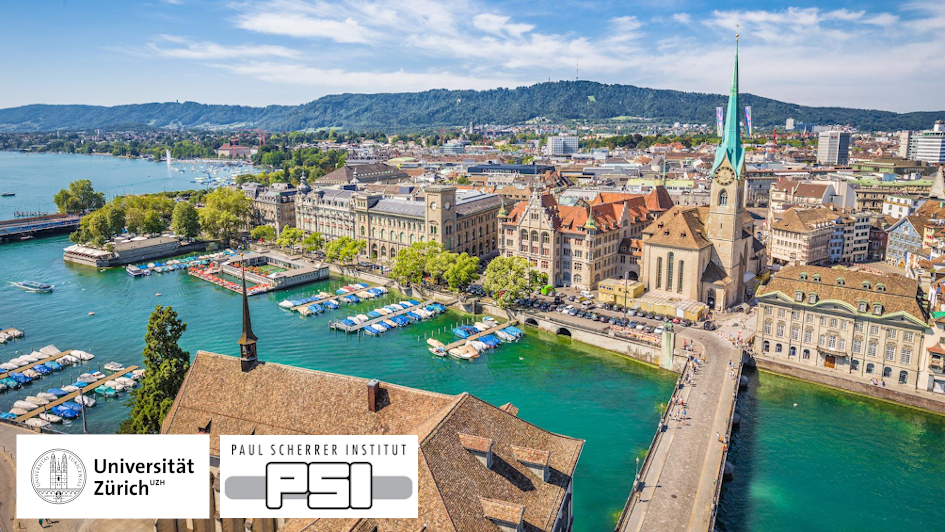Speaker
Description
The increase in instantaneous luminosity during the high-lumi phase of the LHC represents a significant challenge for future detectors. In order to cope with high-pileup conditions, a promising strategy is to add a fourth dimension to the measurements of the hits, by exploiting the time separation of the various proton-proton primary collisions. Such a strategy requires to achieve time resolutions of the order of 10-20 picoseconds, at least an order of magnitude shorter than the average time span between primary interactions. Microchannel plate (MCP) photomultipliers (PMTs) are compact devices capable of measuring time and position of charged particles with the required resolutions.
A campaign of feasibility studies to exploit MCP-based devices for the upgrade of the LHCb electromagnetic calorimeter (ECAL) has started in these last two years. The technology of large area picosecond photodetectors (LAPPD) is under investigation to implement a timing layer to be placed within a sampling calorimeter module with the purpose of measuring the arrival time of electromagnetic showers. Off-the-shelf, the device is the largest MCP-PMT ever built (20x20 cm^2 of active area), all made using inexpensive materials, capable of time resolutions of a few ten picoseconds per single photoelectron.
Performances of the LAPPD, either Gen-I tiles with internal stripline readout or Gen-II tiles with external pixelated readout, have been measured thoroughly both with a laser beam and with an electron beam at DESY. In particular, time resolutions as good as 30 ps with single photoelectrons and a few ps with multiple photoelectrons have been demonstrated by our studies. Details of the various experimental setups that have been used and of the relevant results will be shown and discussed.




